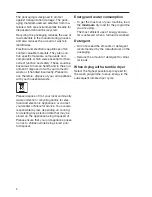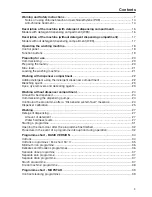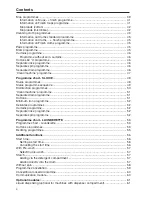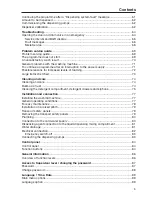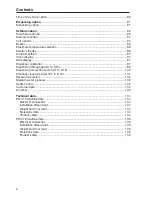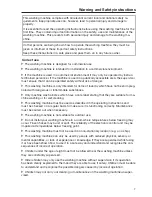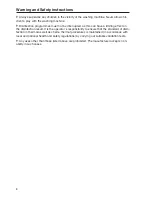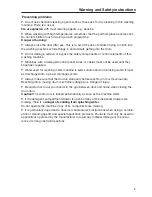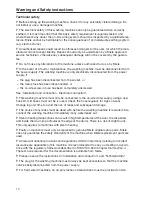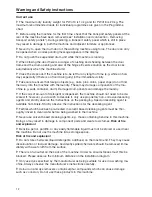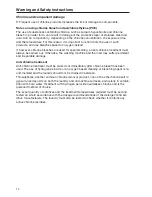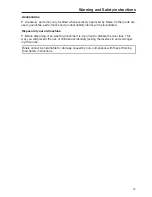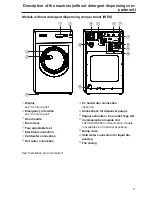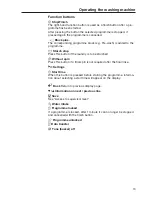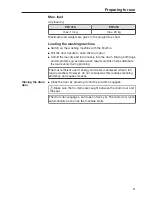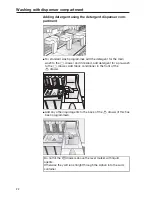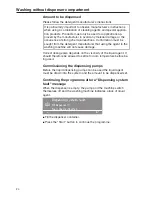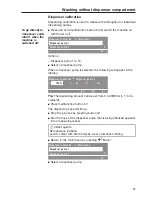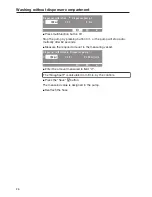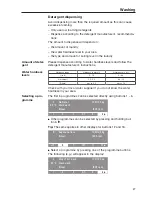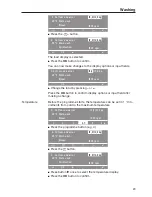
Warning and Safety instructions
14
Chlorine and component damage
Frequent use of chlorine products increases the risk of damage to components.
Notes on using chlorine bleach and perchloroethylene (PCE)
The use of substances containing chlorine, such as sodium hypochlorite and chlorine
bleach in powder form, can result in damage of the protective layer of stainless steel and
corrosion on componentry, depending on the chlorine concentration, the exposure time
and the temperature. For this reason, it is important to refrain from the use of such
products, and use bleaches based on oxygen instead.
If, however, chlorine bleaches are used for special soiling, an anti-chlorine treatment must
always be carried out. Otherwise, the washing machine and the load may suffer persistent
and irreparable damage.
Anti-chlorine treatment
Anti-chlorine treatment must be carried out immediately after chlorine bleach has been
used. The use of hydrogen peroxide or an oxygen based cleaning or bleaching agent is re-
commended and the laundry should not be drained in between.
Thiosulphates, another common chlorine removal product, can on the other hand result in
gypsum-like deposits on both the laundry and on machine surfaces, particularly in combin-
ation with hard water. Treatment with hydrogen peroxide neutralises chlorine and is the
preferred method of choice.
The exact quantity of additives and the treatment temperatures required must be set and
tested on site in accordance with the dosage recommendations of the detergent and ad-
ditive manufacturers. The laundry must also be tested to check whether it contains any
active chlorine residues.
Summary of Contents for PW 413
Page 106: ...106 ...
Page 107: ...107 ...


